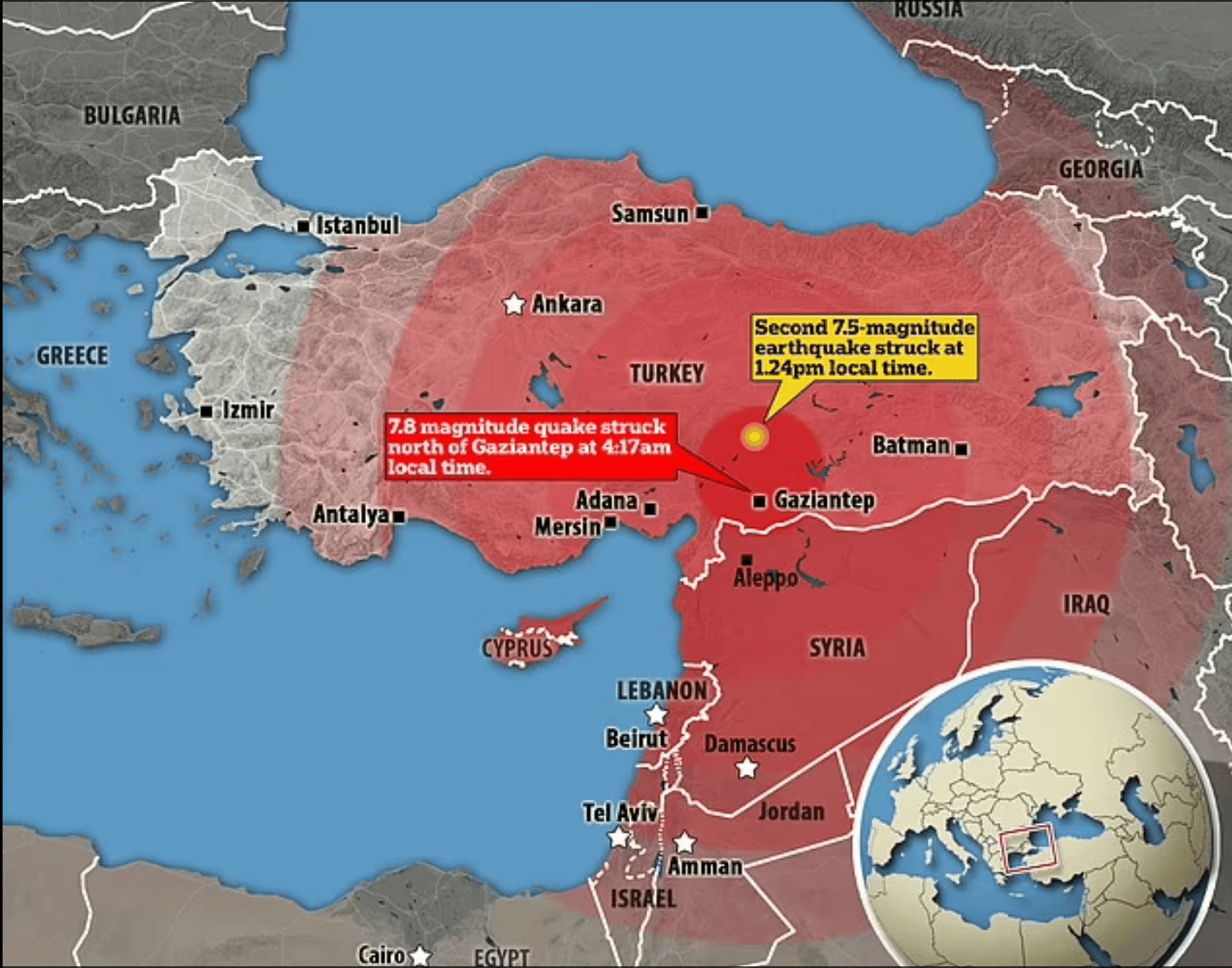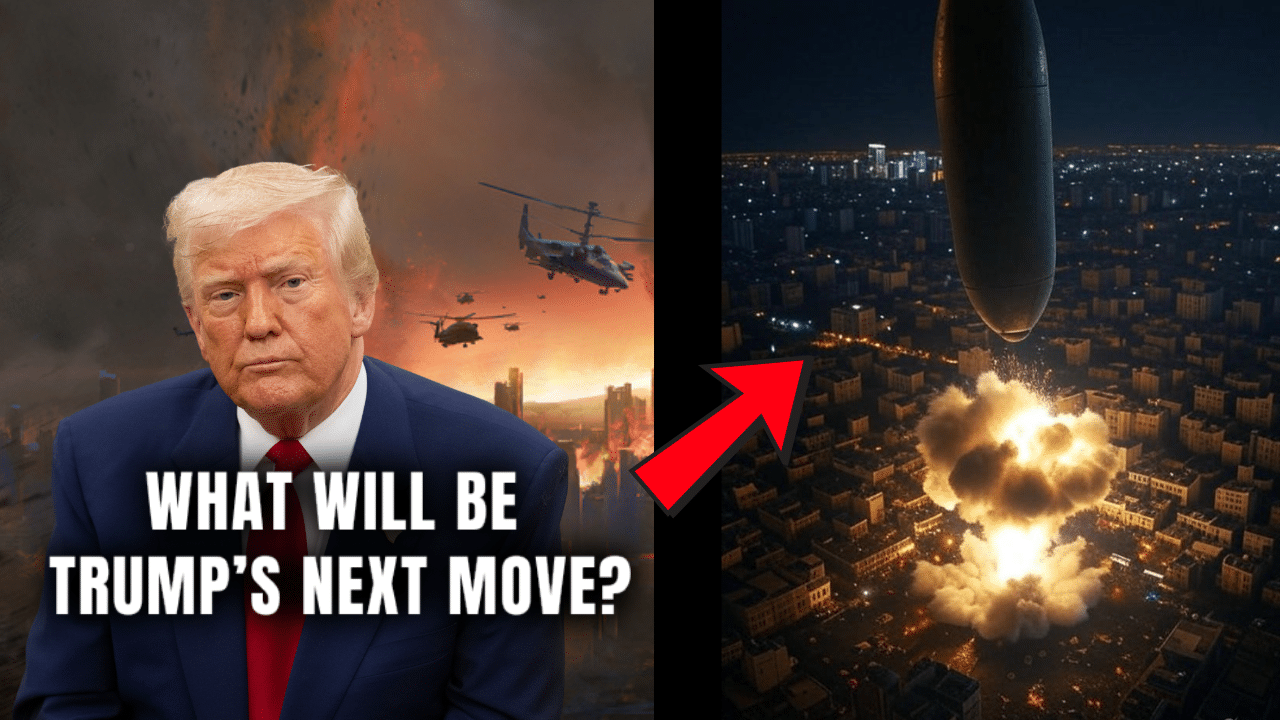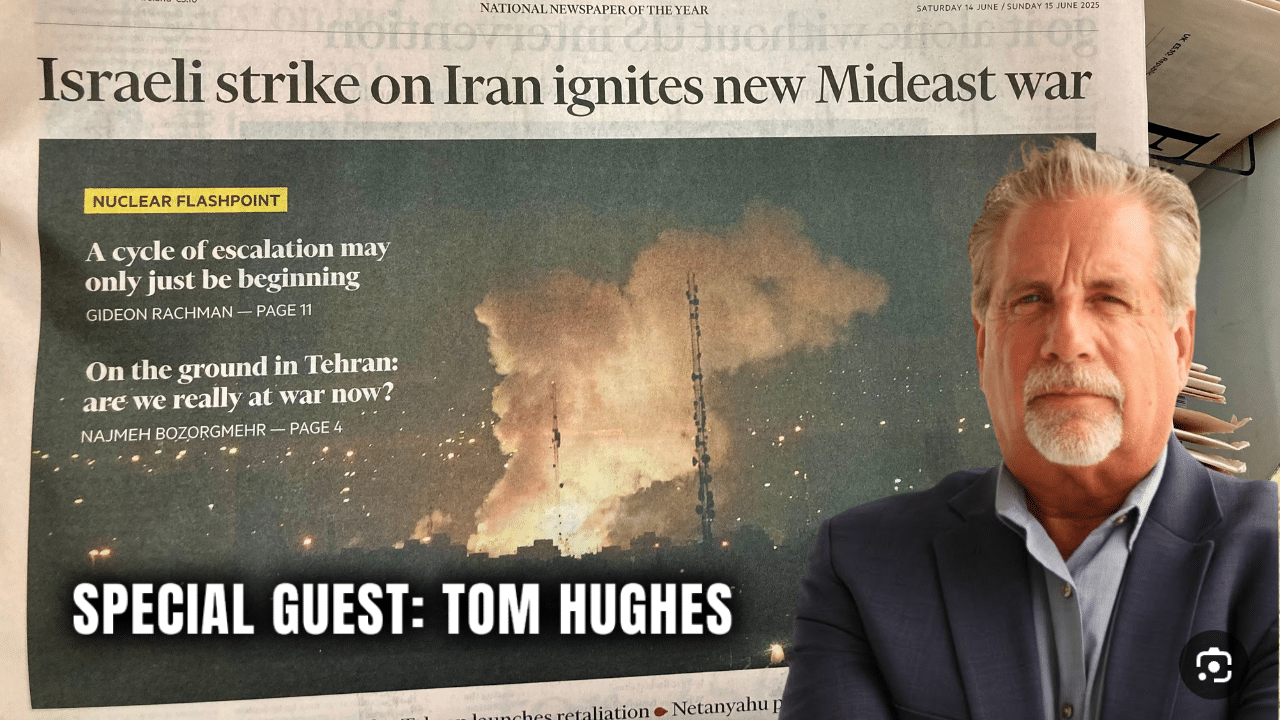A 7.8-magnitude earthquake hit Turkey and Syria early on Monday, killing hundreds of people as they slept, leveling buildings, and sending tremors that were felt as far away as the island of Cyprus and Egypt.
According to Yahoo News, the quakes were one of the largest to strike Turkey in at least a century wiped out entire sections of major cities in a region filled with millions of people who have fled the civil war in Syria and other conflicts.
The head of Syria’s National Earthquake Centre, Raed Ahmed, told pro-government radio that this was “historically, the biggest earthquake recorded in the history of the center”.
At least 245 people died in government-controlled parts of Syria, as well as the northern areas held by pro-Turkish factions, according to the health ministry and a local hospital.
At least 284 people died in Turkey, Vice President Fuat Oktay said on Monday, adding that more than 2,300 people had been injured and that search and rescue work was continuing in several major cities.
The rescue was being hampered by a winter blizzard that covered major roads in ice and snow.
Television images showed shocked people in Turkey standing in the snow in their pyjamas, watching rescuers dig through the debris of damaged homes.
Citizens, who have spent the last 11 years embroiled in a brutal civil war responsible for the deaths of up to 610,000 people, spoke of how they ‘knelt and prayed fearing it was judgement day’ as buildings started to fall before dawn.
‘We saw dozens of families in shock and fear. I haven’t had that feeling all through the years of the war,’ said Anas Habbash, a 37-year-old Aleppo native who escaped with his son and pregnant wife this morning. ‘This was much more difficult than shells and bullets.’
At least 16 Syrian cities reported damage and deaths from the earthquake. Angela Kearney, UNICEF Representative in Syria: ‘Many people, including children are displaced and remain outside in streets and open areas.
‘The government of Syria closed schools and universities for today and some are being used as shelters. ‘The psychological impact on some people we met is grave.’ (SOURCE)










